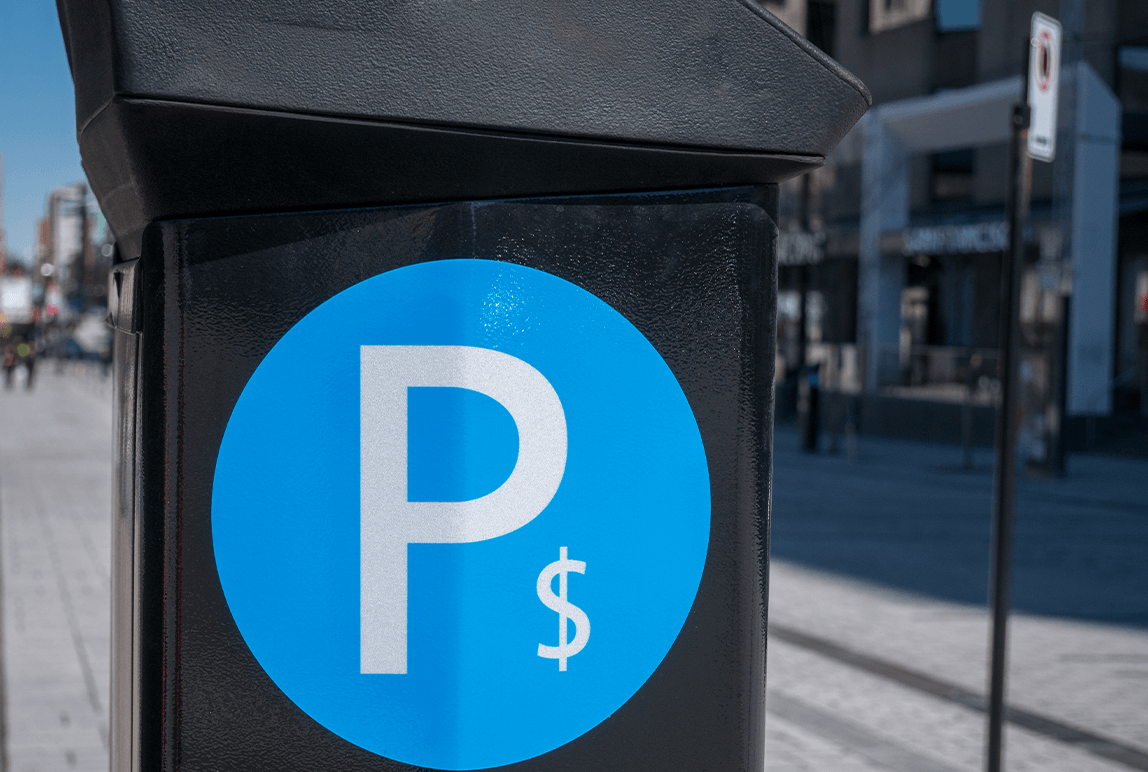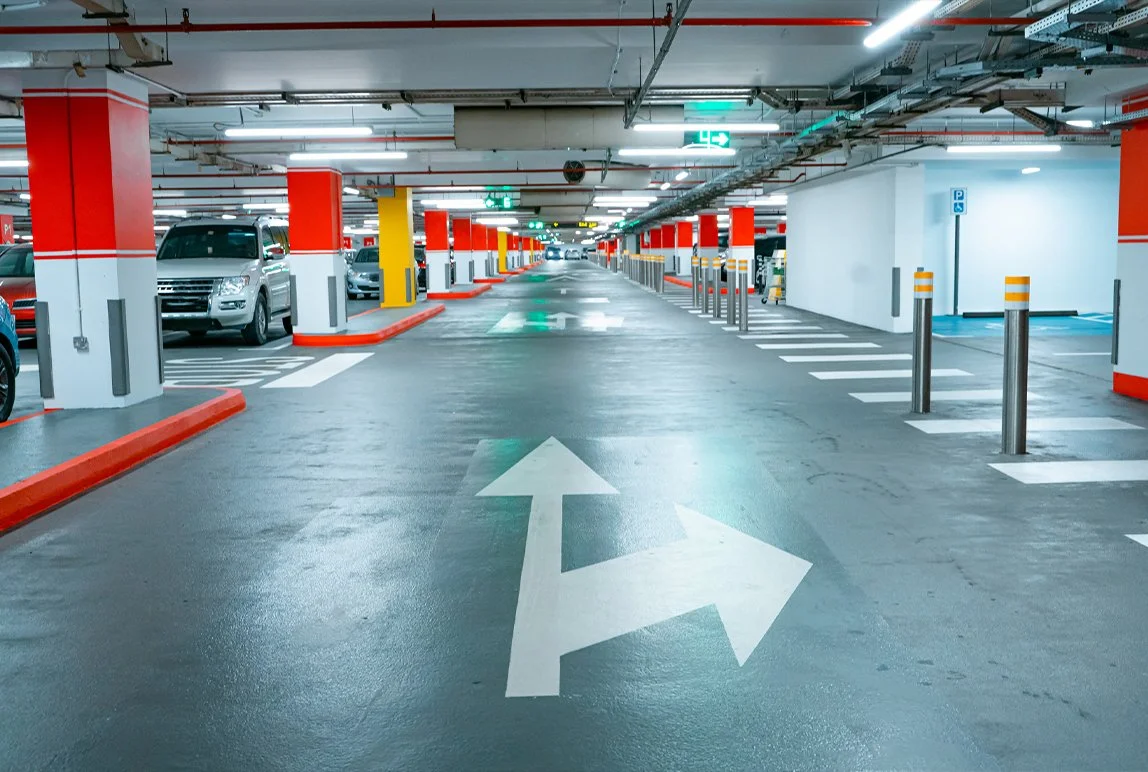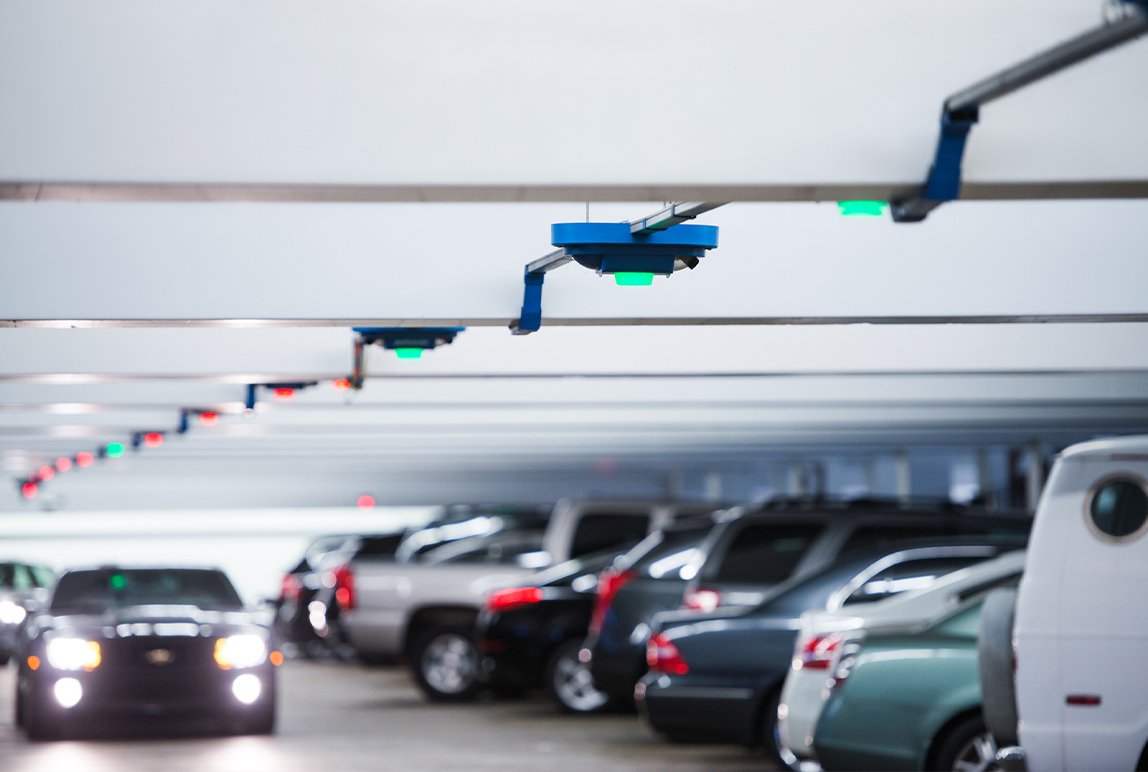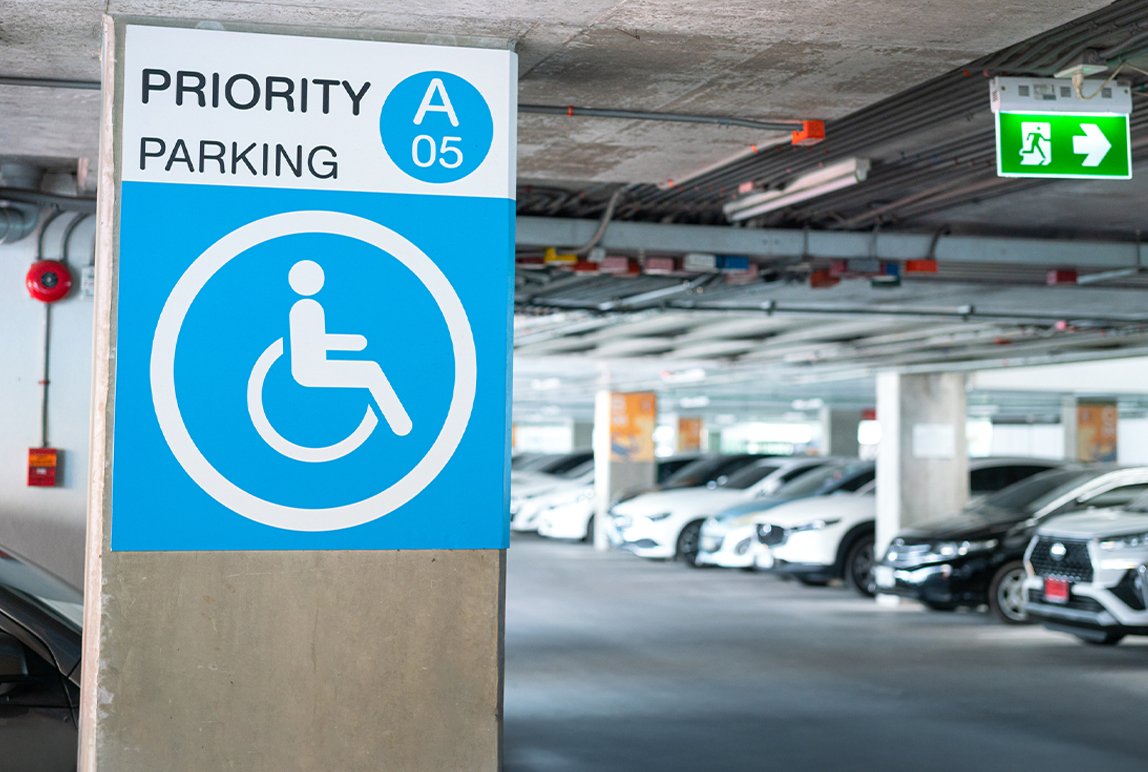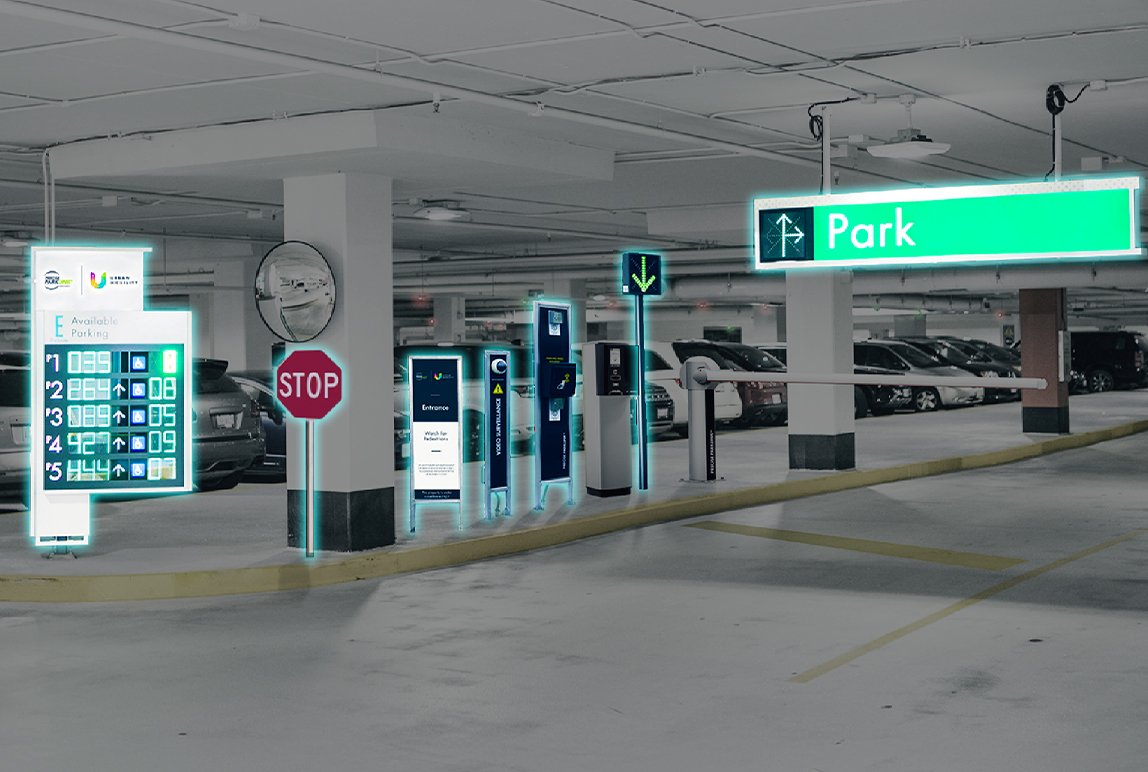Key Factors to Consider When Purchasing Parking Meters
Posted: Feb, 25, 2022 10:44AM ET • 4 min read
You’ve established that parking meters are a suitable solution to generate parking revenue for your organization. Now what? There’s a lot to consider when exploring parking meter solutions. Below are several factors you should consider when purchasing parking meters to regulate your paid parking system.
Pay-by-Plate versus Pay-and-Display technology
For starters, you need to select what type of parking meter will suit your operation best: Pay-and-Display or Pay-by-Licence-Plate (also known as Pay-by-Plate). Having an understanding of your needs and your customer-base will help you make informed decisions on whether to proceed with Pay-by-Plate or Pay-and-Display parking meters.
Questions you may want to ask yourself are: what is your bottom line? Why are you looking to install parking meters on your property? What is your budget? What does your customer base look like? Are software integrations on your wishlist? If so, what types? (e.g., mobile payment apps and validations). Once you have your needs down pat, it’s important to understand the main difference between the two types of parking meters.
Pay-by-Plate technology requires drivers to enter their licence plate numbers when paying for parking. And because plate numbers are automatically entered into a cloud-based enforcement database, drivers are not required to display anything as proof of payment on their dashboard. The keypad on Pay-by-Plate meters enables software integrations software, such as parking rate validations.
Pay-and-Display technology requires a driver to visibly display a parking receipt on their vehicle dashboard as proof of payment. This is a familiar way to pay for parking. Pay-and-Display parking meters tend to be a more affordable solution. However, they don’t come with as many software integration capabilities as Pay-by-Plate technology.
Smart and connected technology
Purchasing technology with real-time communication links to a central management server protects your organization's investment in parking by ensuring devices requiring maintenance or experiencing technical difficulties are attended to immediately with backend troubleshooting or immediate technician dispatch. Examples of alert-worthy malfunctions or maintenance requirements that parking meters may be subject to are: fraud or theft attempts, receipt paper replenishment, coin collection and replenishment, communication issues, out-of-order devices or maintenance service in progress. In addition to ensuring your devices are operational, warranties and parts-exchange programs are also critical components of protecting your investment.
Hardware reliability and durability
In addition to a supported backend, investing in a solution that is proven to be reliable in the harshest and most extreme weather conditions is critical. When properly maintained, your parking meter technology should last well over a decade. Major components should last anywhere from five to 15 years, depending on usage.
It’s also important to ensure terminals are tested against the international security standard (EN14450) and feature a level of resistance to theft that makes them safe to use within the public domain.
Furthermore, it’s key to secure a solution that is sustained under solar power operation (without relying on external heaters), and is resistant to extreme temperature variations, humidity, and vibration. The parking meter’s main board and internal components should be environmentally sealed and abide by NEMA 3R standards. All circuit boards should be coated with a protective sealant to repel moisture, making them highly water-resistant and able to operate in conditions that exceed 90% humidity. A gasket seal around the door opening should also serve to protect all components.
Secure revenue processing
Parking meters make your organization responsible for the security of payment transactions. As a result, it’s important to purchase a product that is secure. Important factors that should be reviewed prior to purchasing parking meters are:
The supplier’s ability to comply with Level 1 (highest level) Payment Card Industry (PCI) standards
Credit card degrade mode and risk management parameters limiting exposure, acceptance durations, total dollar values, and number of transactions
Zero-shrinkage coin and cash handling procedures
The supplier’s due diligence of undergoing regular CSAE audits
Enhancing your parking operation with value-add integrations
There are several software and hardware integrations to parking meter solutions that are proven to enhance customer experiences and the overall performance of parking operations. For example, parking signs are a necessity for parking meter operations, as they ensure your visitors are aware of your parking regulations, have an easy time paying for parking, and can navigate through your parking facility. Mobile parking applications go hand-in-hand with parking meter operations, and provide a contactless and cashless payment method for your visitors. Moreover, as parking meter operations require eyes and ears you’ll want to consider adding a layer of security to your revenue potential with parking enforcement services.
Parking meters are the foundation of your parking operation. Investing in reliable technology that is supported by smart solutions will ensure that your parking operation is successful and meets your organization's bottom line.
Share Article:
Featured Articles
ABOUT THE AUTHOR
Paul Banyard
Account Executive
As Cale’s account manager at Precise ParkLink, Paul is responsible for account management and business development, frequently meeting with prospective and existing clients to understand their needs and propose durable, sophisticated solutions that address the challenges they face. To keep up to date with new and emerging trends in the parking industry — and to make sure his proposals are always the most current — he regularly attends industry trade shows.
When Paul joined Cale in 2010, he was already a graduate of Centennial College’s business program and RedRock leadership training, and had nearly a decade of experience in the parking industry, developing the in-depth knowledge he leverages in his current role. His further either years as a program manager have made him comfortable handling multiple concurrent projects of all sizes.
Questions?
Fill out the form below and we will do our best to connect you with a suitable contact.

